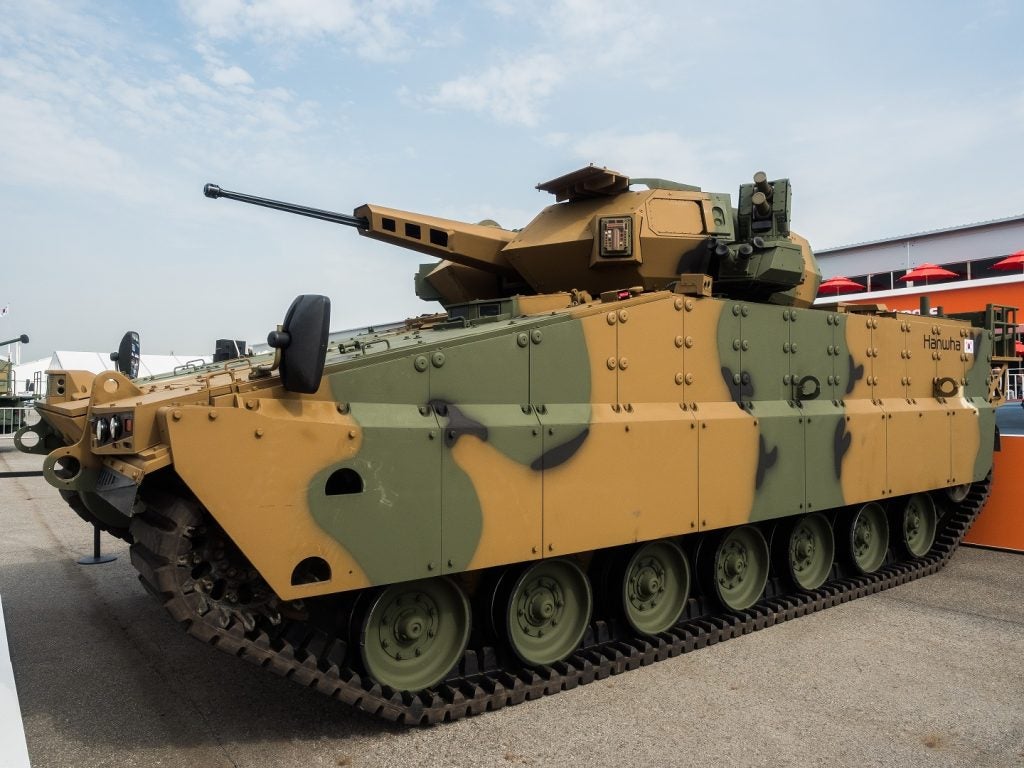As Europe rushes to ramp up defence capabilities in response to Russia’s full-scale invasion of Ukraine, the Romanian Government has followed suit. Its position is exemplified by an $80m deal for Javelin arms submitted to the US State Department on the 12 December 2023.
Romania has requested 263 Javelin FGM-148F missiles and 26 Javelin light weight command launch units (CLUs), subject to US Congressional approval.
“The proposed sale will improve Romania’s capability to meet current and future threats by building its long-term defence capacity in line with its national defence requirements,” determined the Defense Security Co-operation Agency. “Romania will have no difficulty absorbing this equipment into its armed forces.”
No offset agreements were agreed that would have allow Romanian industry to produce the equipment, strengthening the US defence industrial base. The US Government has also formed supply arrangements with other Central and Eastern European countries, most notably Poland, a nation that procures US platforms across all domains and has even set-up an integration laboratory.
Romanian Government defence market is dominated by missiles
Romania’s proximity to conflict in Eastern Europe and its position on the flank of the Nato military alliance makes missile defence an important priority for the country – GlobalData intelligence tells us that its platform-based missile defence systems, namely the Patriot system supplied by the US, constitutes most of the value in this sector – $1.49bn from $1.72bn in total.
However, the war in Ukraine has also shown how significant man-portable anti-tank weapons have become in the kind of high intensity warfare European militaries ought to prepare for as part of their response to the Russian invasion.
A declassified US intelligence report indicates that Russia has lost two thirds of the tanks it had in its inventory before the war started on 24 February 2022. Specifically, Russia lost 2,200 out of 3,500 main battle tanks as well as 4,400 out of 13,600 infantry fighting vehicles and armoured personnel carriers.
Javelin features
With these figures in mind, the Javelin serves as an essential piece of kit across Nato military inventories.
The Javelin is a portable anti-tank weapon developed by a joint venture (JV) of defence companies Raytheon (an RTX company) and Lockheed Martin, named the Javelin JV. The weapon system is shoulder-fired but can also be deployed from multiple platforms installed on tracked, wheeled or amphibious vehicles.
Raytheon is responsible for Javelin CLUs, missile guidance electronic unit, system software and system engineering management, while Lockheed Martin is responsible for the missile seeker, engineering, and assembly of the missile itself.
More than 50,000 Javelin missiles and 12,000 CLUs are currently in service within the US armed forces and over 20 allied nations. Javelin is expected to remain operational within the US until 2050.
Romania's Government has opted for the latest configuration, the F-model missile, or FGM-148, which features a multi-purpose warhead. The JV, along with Kongsberg and the US Army conducted a four-shot, multi-platform demonstration at the US Army Redstone Test Center in Alabama in May 2021.
The round consists of the Javelin missile and the ATK launch tube assembly. The missile has a range of 65 metres (m) to 4,000m in most operational conditions. Javelin is a fire-and-forget missile with a lock-on-before-launch function and automatic self-guidance.











